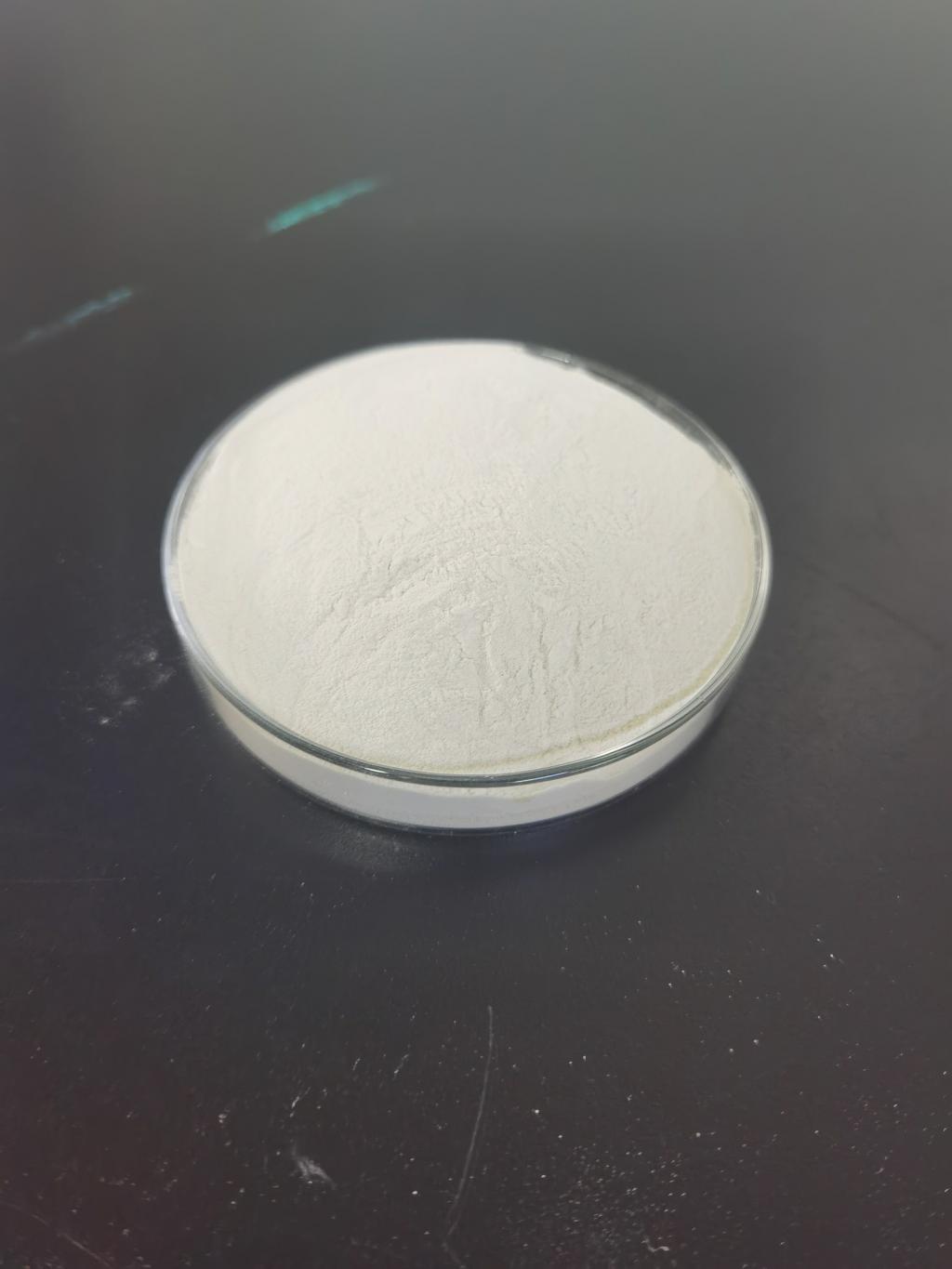Tel:+8618231198596

News
 CONTACT
CONTACT
 CONTACT
CONTACT
- Linkman:Linda Yao
- Tel: +8618231198596
- Email:linda.yao@dcpharma.cn
- Linkman:CHARLES.WANG
- Department:Overseas
- Tel: 0086 0311-85537378 0086 0311-85539701
News
Nisin enhances the safety and quality of culinary experiences.
TIME:2024-03-28
Understanding Nisin
Nisin is a naturally occurring antimicrobial peptide produced by certain strains of the bacterium Lactococcus lactis. It has been used as a food preservative for decades, particularly in dairy products and meat. Nisin works by disrupting the cell walls of bacteria, thus preventing their growth and proliferation. Importantly, nisin is generally recognized as safe (GRAS) by regulatory agencies such as the U.S. Food and Drug Administration (FDA) and the European Food Safety Authority (EFSA), making it a widely accepted ingredient in food preservation.
Enhancing Food Safety
One of the primary benefits of nisin is its ability to enhance food safety. In culinary tourism, where individuals may sample a variety of foods from different sources, ensuring that these foods are free from harmful bacteria is essential. By incorporating nisin into food products, producers can inhibit the growth of pathogens such as Listeria monocytogenes and Staphylococcus aureus, reducing the risk of foodborne illnesses. This is particularly important in regions where food safety standards may vary, providing reassurance to tourists seeking authentic culinary experiences.
Extending Shelf Life
In addition to improving safety, nisin also extends the shelf life of food products. Culinary tourism often involves exploring local markets and delicacies, where fresh produce and perishable items are prevalent. By incorporating nisin into food packaging or directly into products, manufacturers can delay spoilage and maintain freshness, thereby enhancing the overall quality of culinary offerings. This is especially beneficial in regions with limited access to refrigeration or where transportation infrastructure may affect the timely delivery of perishable goods.
Preserving Culinary Heritage
Culinary tourism is not just about trying new foods; it's also about experiencing the culinary heritage of a destination. Traditional recipes passed down through generations often rely on natural preservation methods to ensure longevity and flavor retention. Nisin aligns well with these traditional practices, offering a modern solution to preserving culinary heritage. By integrating nisin into traditional recipes and food preparation techniques, chefs can uphold authenticity while meeting modern safety and quality standards. This preservation of culinary heritage not only enhances the tourist experience but also supports local communities and cultural preservation efforts.
Promoting Innovation in Food Tourism
The incorporation of nisin into culinary offerings also fosters innovation in food tourism. Chefs and food producers are constantly seeking ways to differentiate their products and create unique dining experiences for visitors. Nisin opens up possibilities for experimenting with new flavors, textures, and presentation styles while ensuring food safety and quality. From artisanal cheeses to cured meats and fermented foods, the use of nisin allows for greater creativity in culinary tourism offerings, attracting discerning travelers looking for memorable gastronomic experiences.
Meeting Consumer Demands for Health and Sustainability
In recent years, there has been a growing emphasis on health and sustainability in food tourism. Travelers are increasingly conscious of the nutritional value and environmental impact of the foods they consume. Nisin offers a natural and sustainable solution to food preservation, aligning with consumer preferences for clean-label ingredients and eco-friendly practices. By choosing nisin-preserved foods, tourists can enjoy their culinary adventures with peace of mind, knowing that they are supporting sustainable food systems and prioritizing their health and well-being.
Challenges and Considerations
While nisin offers numerous benefits for culinary tourism, there are also challenges and considerations to be aware of. One concern is the potential for antimicrobial resistance, where bacteria develop resistance to nisin over time. To mitigate this risk, it is essential to use nisin in combination with other preservation methods and to adhere to proper dosage and application guidelines. Additionally, regulatory requirements and labeling regulations may vary between countries, requiring producers to navigate complex compliance standards when incorporating nisin into their products.
Conclusion
Nisin plays a crucial role in enhancing the safety and quality of culinary experiences, thereby supporting the growth of culinary tourism. From improving food safety and extending shelf life to preserving culinary heritage and fostering innovation, nisin offers a range of benefits for both producers and consumers in the tourism industry. By leveraging the natural antimicrobial properties of nisin, chefs, artisans, and food manufacturers can create memorable gastronomic experiences that attract travelers from around the world. As culinary tourism continues to evolve, nisin will remain a valuable tool in promoting food safety, sustainability, and cultural authenticity.
- Tel:+8618231198596
- Whatsapp:18231198596
- Chat With Skype







